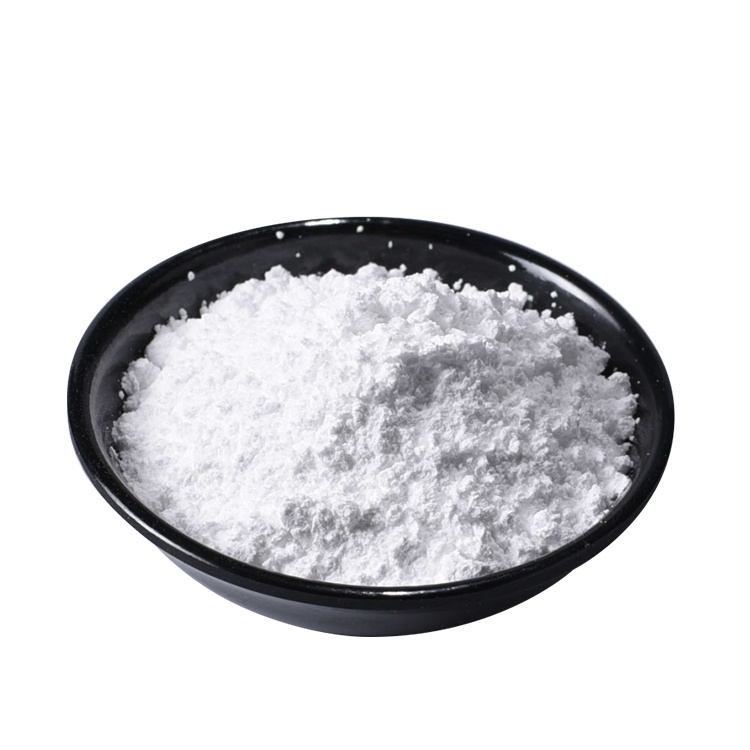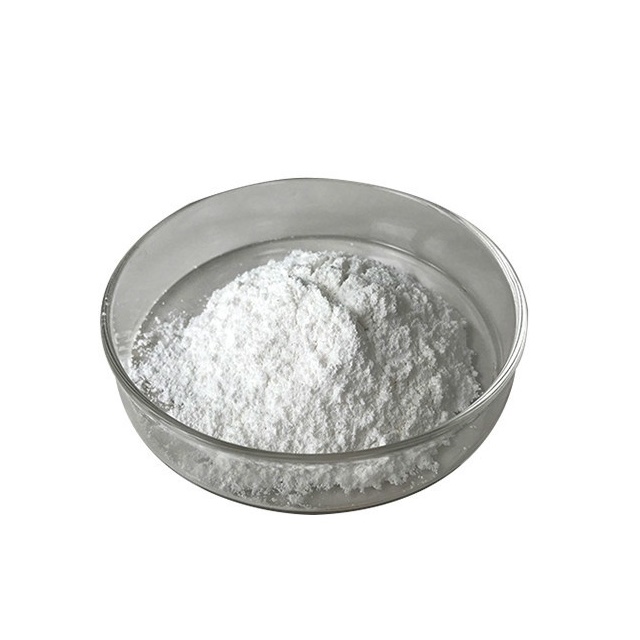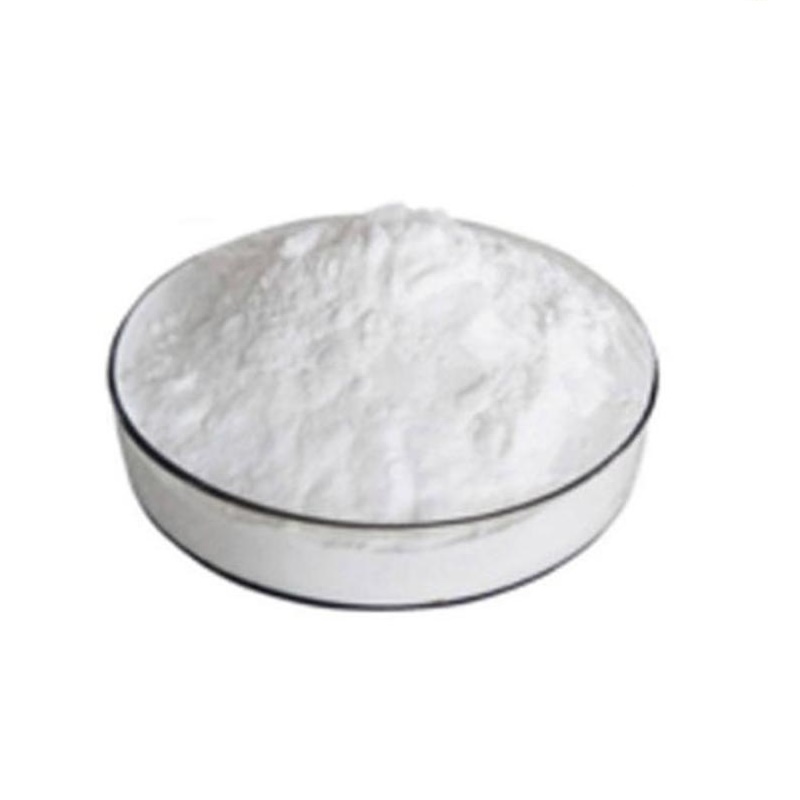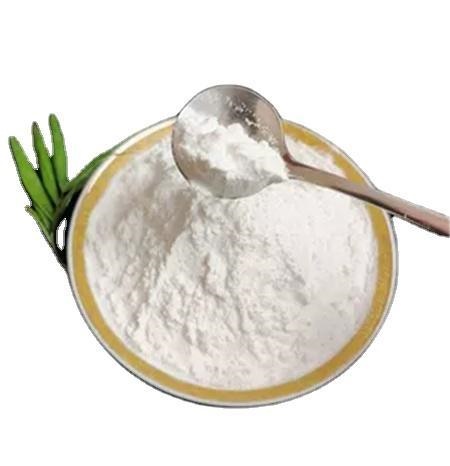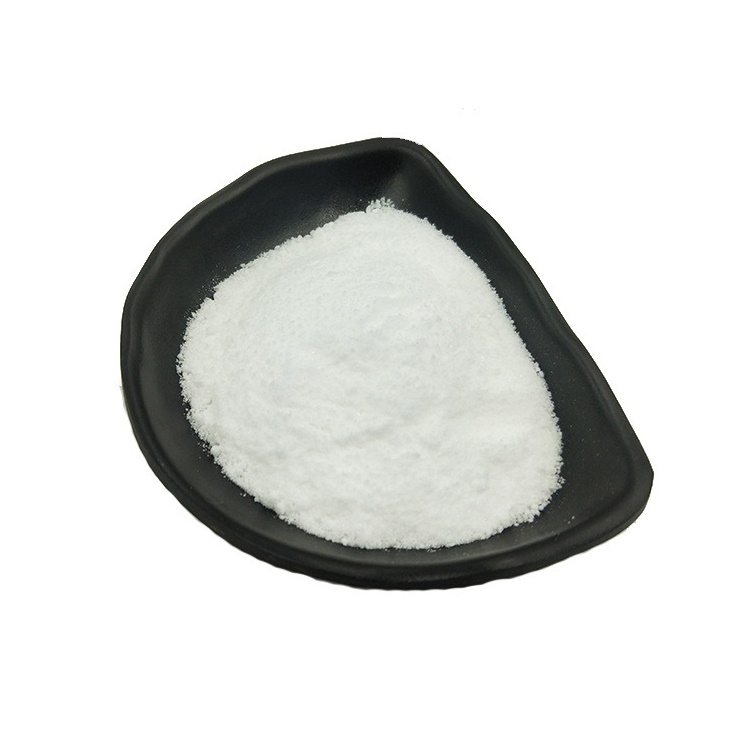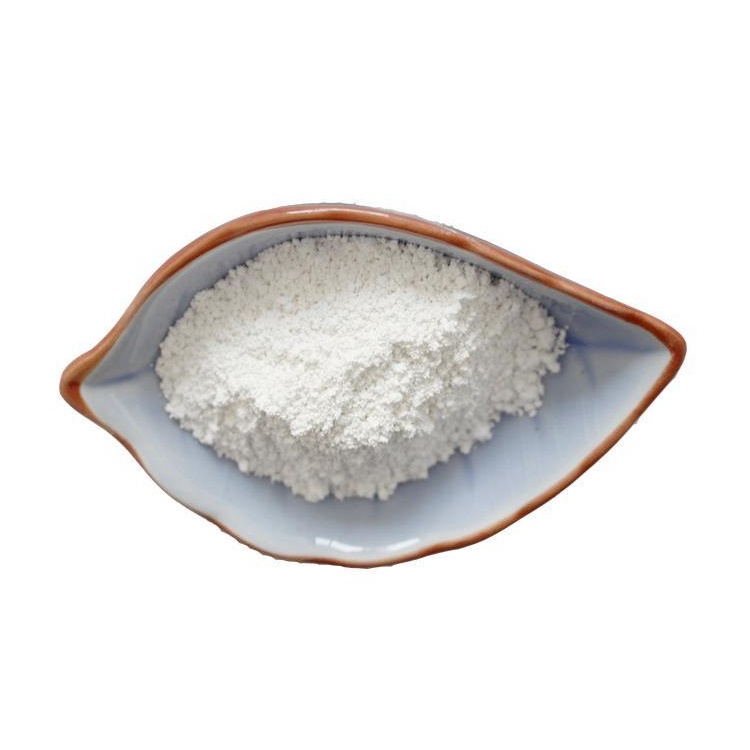

Diethyl malonate CAS 105-53-3
——————
CAS number : 105-53-3
molecular formula : C7H12O4
EINECS : 203-305-9
——————
Email : info@deshangchem.com
Mobile : +86-13153039501
TEL : +86-531-88752665
CAS number:105-53-3
molecular formula:C7H12O4
molecular weight:160.17
EINECS number:203-305-9
English synonyms
Diethyi malonate;Malonic Acid Diethyl Ester Ethyl Malonate;Diethyl malonate,Malonic acid diethyl ester;Diethyl Malonate, 99+% 25GR;Diethyl Malonate, 99+% 500GR;MALONIC ACID DIETHYL ESTER;MALONIC ESTER;ETHYL MALONATE
Related categories
Organic raw materials; esters; pharmaceutical intermediates; organic building blocks; analytically pure; medical raw materials; herbicide intermediates; pesticide intermediates; flavors and fragrances; organic intermediates; impurity reference substances; monomer fragrances
Introduction
Malonic acid and its derivatives are widely used in pharmaceuticals, spices, food additives, polyester and other industries, and are important fine chemical raw materials and intermediates. Especially in the aspect of pharmaceutical intermediates, diethyl malonate is widely used in the synthesis of barbian acid, amino acids, vitamins B1, B2 and B6, hypnotics and phenylbutazone and other drugs.
Chemical properties
| Melting point | -51--50 °C (lit.) |
Boiling point | 199 °C (lit.) |
| Density | 1.055 g/mL at 25 °C (lit.) |
| Vapour density | 5.52 (vs air) |
| Vapor Pressure | 1 mm Hg ( 40 °C) |
Refractive index | n20/D 1.413(lit.) |
FEMA | 2375 | DIETHYL MALONATE |
| Flash point | 212 °F |
| Storage conditions | Store below +30°C. |
| Solubility | 20.8g/l (External MSDS) |
| Acidity coefficient(pKa) | 13.5(at 25℃) |
| Shape | Liquid |
| Color | colourless liquid |
Odor | Sweet ester odor |
Explosive limit | 0.8-12.8%(V) |
| Water solubility | Miscible with ethyl alcohol, ether, chloroform and benzene. Slightly miscible with water. |
Merck | 14,3823 |
JECFA Number | 614 |
BRN | 774687 |
| Stability | Stable. Combustible. Incompatible with strong oxidizing agents, |
InChIKey | IYXGSMUGOJNHAZ-UHFFFAOYSA-N |
LogP | 0.96 at 20℃ |
| CAS database | 105-53-3(CAS DataBase Reference) |
A colorless liquid with a sweet ether odor. Miscible with alcohol and ether, soluble in chloroform, benzene and other organic solvents. Slightly soluble in water. The solubility in water at 20°C is 2.08g/100ml.
Use
● Diethyl malonate is an important intermediate in the preparation of 2-amino-4,6-dimethoxypyrimidine, which can be used to prepare sulfonylurea herbicides, such as bensulfuron-methyl, pyrazosulfuron-methyl, nicosulfuron Long, etc., is also an intermediate for sulfonamides and barbiturates in medicine. It can also be used for gas chromatography stationary liquid (maximum use temperature 40°C, solvents are benzene, chloroform, ethanol) to test ammonia and potassium. In addition, diethyl malonate is also an edible spice that is allowed to be used in GB 2760-96, and is mainly used to prepare fruit flavors such as pears, apples, grapes, and cherries.
Production method
● Use chloroacetic acid as raw material, after dissolving in water, add sodium carbonate aqueous solution at <30°C to pH = 7, dissolve sodium cyanide in water, add to the sodium chloroacetate solution, cyanide at 92-95°C for 1 hour, add lye , heat reaction at 100-105°C for 1 hour, carry out hydrolysis, then heat to remove water, then add ethanol and toluene, add a little sulfuric acid dropwise, react at 68-70°C for 3 hours, carry out esterification, then separate layers, take the ester layer for dehydration Pressure distillation is the finished product. ClCH2COOH+Na2CO3→ClCH2COONa
ClCH2COONa+NaCH→NCCH2COONa+NaCl
NCCH2COONa+NaOH[H2O]→NaOOC-CH2-COONa+NH3
● The production methods of diethyl malonate are mainly cyanidation esterification and catalytic carbonylation. At present, the traditional cyanation esterification is still commonly used in industry. It is derived from chloroacetic acid through neutralization, cyanation, hydrolysis and esterification. Chloroacetic acid is neutralized with sodium carbonate at 30°C to generate sodium chloroacetate, cyanated with sodium cyanide at 92-95°C, and then hydrolyzed with alkali to generate sodium malonate. After drying, sodium malonate is esterified with ethanol at 70-72°C in the presence of sulfuric acid. The esterification product is washed and distilled to obtain the finished product diethyl malonate. Raw material consumption quota: chloroacetic acid (95%) 650kg/t, sodium cyanide (95%) 340kg/t, ethanol (95%) 910kg/t. The new technology developed abroad is mainly based on catalytic carbonylation, that is, chloroacetate, carbon monoxide, and ethanol are used as raw materials, and diethyl malonate is synthesized in the next step in the presence of a catalyst. In contrast, the catalytic carbonylation method works. In addition, there is the sodium cyanoacetate method, which is obtained by the direct esterification of cyanoacetic acid and ethanol.
● From malonic acid and ethanol in benzene medium azeotropy, distillation, esterification derived.
It is obtained by distillation of sodium malonate and ethanol after esterification under the catalysis of sulfuric acid.
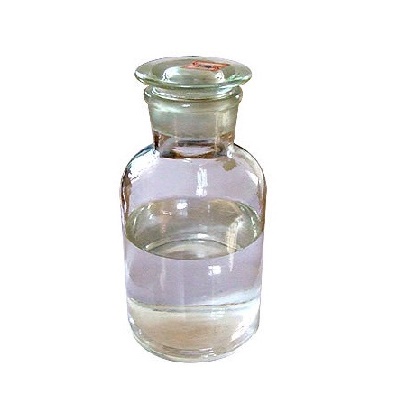
Diethyl malonate CAS 105-53-3
CAS number:105-53-3
molecular formula:C7H12O4
molecular weight:160.17
EINECS number:203-305-9
English synonyms
Diethyi malonate;Malonic Acid Diethyl Ester Ethyl Malonate;Diethyl malonate,Malonic acid diethyl ester;Diethyl Malonate, 99+% 25GR;Diethyl Malonate, 99+% 500GR;MALONIC ACID DIETHYL ESTER;MALONIC ESTER;ETHYL MALONATE
Related categories
Organic raw materials; esters; pharmaceutical intermediates; organic building blocks; analytically pure; medical raw materials; herbicide intermediates; pesticide intermediates; flavors and fragrances; organic intermediates; impurity reference substances; monomer fragrances
Introduction
Malonic acid and its derivatives are widely used in pharmaceuticals, spices, food additives, polyester and other industries, and are important fine chemical raw materials and intermediates. Especially in the aspect of pharmaceutical intermediates, diethyl malonate is widely used in the synthesis of barbian acid, amino acids, vitamins B1, B2 and B6, hypnotics and phenylbutazone and other drugs.
Chemical properties
| Melting point | -51--50 °C (lit.) |
Boiling point | 199 °C (lit.) |
| Density | 1.055 g/mL at 25 °C (lit.) |
| Vapour density | 5.52 (vs air) |
| Vapor Pressure | 1 mm Hg ( 40 °C) |
Refractive index | n20/D 1.413(lit.) |
FEMA | 2375 | DIETHYL MALONATE |
| Flash point | 212 °F |
| Storage conditions | Store below +30°C. |
| Solubility | 20.8g/l (External MSDS) |
| Acidity coefficient(pKa) | 13.5(at 25℃) |
| Shape | Liquid |
| Color | colourless liquid |
Odor | Sweet ester odor |
Explosive limit | 0.8-12.8%(V) |
| Water solubility | Miscible with ethyl alcohol, ether, chloroform and benzene. Slightly miscible with water. |
Merck | 14,3823 |
JECFA Number | 614 |
BRN | 774687 |
| Stability | Stable. Combustible. Incompatible with strong oxidizing agents, |
InChIKey | IYXGSMUGOJNHAZ-UHFFFAOYSA-N |
LogP | 0.96 at 20℃ |
| CAS database | 105-53-3(CAS DataBase Reference) |
A colorless liquid with a sweet ether odor. Miscible with alcohol and ether, soluble in chloroform, benzene and other organic solvents. Slightly soluble in water. The solubility in water at 20°C is 2.08g/100ml.
Use
● Diethyl malonate is an important intermediate in the preparation of 2-amino-4,6-dimethoxypyrimidine, which can be used to prepare sulfonylurea herbicides, such as bensulfuron-methyl, pyrazosulfuron-methyl, nicosulfuron Long, etc., is also an intermediate for sulfonamides and barbiturates in medicine. It can also be used for gas chromatography stationary liquid (maximum use temperature 40°C, solvents are benzene, chloroform, ethanol) to test ammonia and potassium. In addition, diethyl malonate is also an edible spice that is allowed to be used in GB 2760-96, and is mainly used to prepare fruit flavors such as pears, apples, grapes, and cherries.
Production method
● Use chloroacetic acid as raw material, after dissolving in water, add sodium carbonate aqueous solution at <30°C to pH = 7, dissolve sodium cyanide in water, add to the sodium chloroacetate solution, cyanide at 92-95°C for 1 hour, add lye , heat reaction at 100-105°C for 1 hour, carry out hydrolysis, then heat to remove water, then add ethanol and toluene, add a little sulfuric acid dropwise, react at 68-70°C for 3 hours, carry out esterification, then separate layers, take the ester layer for dehydration Pressure distillation is the finished product. ClCH2COOH+Na2CO3→ClCH2COONa
ClCH2COONa+NaCH→NCCH2COONa+NaCl
NCCH2COONa+NaOH[H2O]→NaOOC-CH2-COONa+NH3
● The production methods of diethyl malonate are mainly cyanidation esterification and catalytic carbonylation. At present, the traditional cyanation esterification is still commonly used in industry. It is derived from chloroacetic acid through neutralization, cyanation, hydrolysis and esterification. Chloroacetic acid is neutralized with sodium carbonate at 30°C to generate sodium chloroacetate, cyanated with sodium cyanide at 92-95°C, and then hydrolyzed with alkali to generate sodium malonate. After drying, sodium malonate is esterified with ethanol at 70-72°C in the presence of sulfuric acid. The esterification product is washed and distilled to obtain the finished product diethyl malonate. Raw material consumption quota: chloroacetic acid (95%) 650kg/t, sodium cyanide (95%) 340kg/t, ethanol (95%) 910kg/t. The new technology developed abroad is mainly based on catalytic carbonylation, that is, chloroacetate, carbon monoxide, and ethanol are used as raw materials, and diethyl malonate is synthesized in the next step in the presence of a catalyst. In contrast, the catalytic carbonylation method works. In addition, there is the sodium cyanoacetate method, which is obtained by the direct esterification of cyanoacetic acid and ethanol.
● From malonic acid and ethanol in benzene medium azeotropy, distillation, esterification derived.
It is obtained by distillation of sodium malonate and ethanol after esterification under the catalysis of sulfuric acid.
Team Presentation

